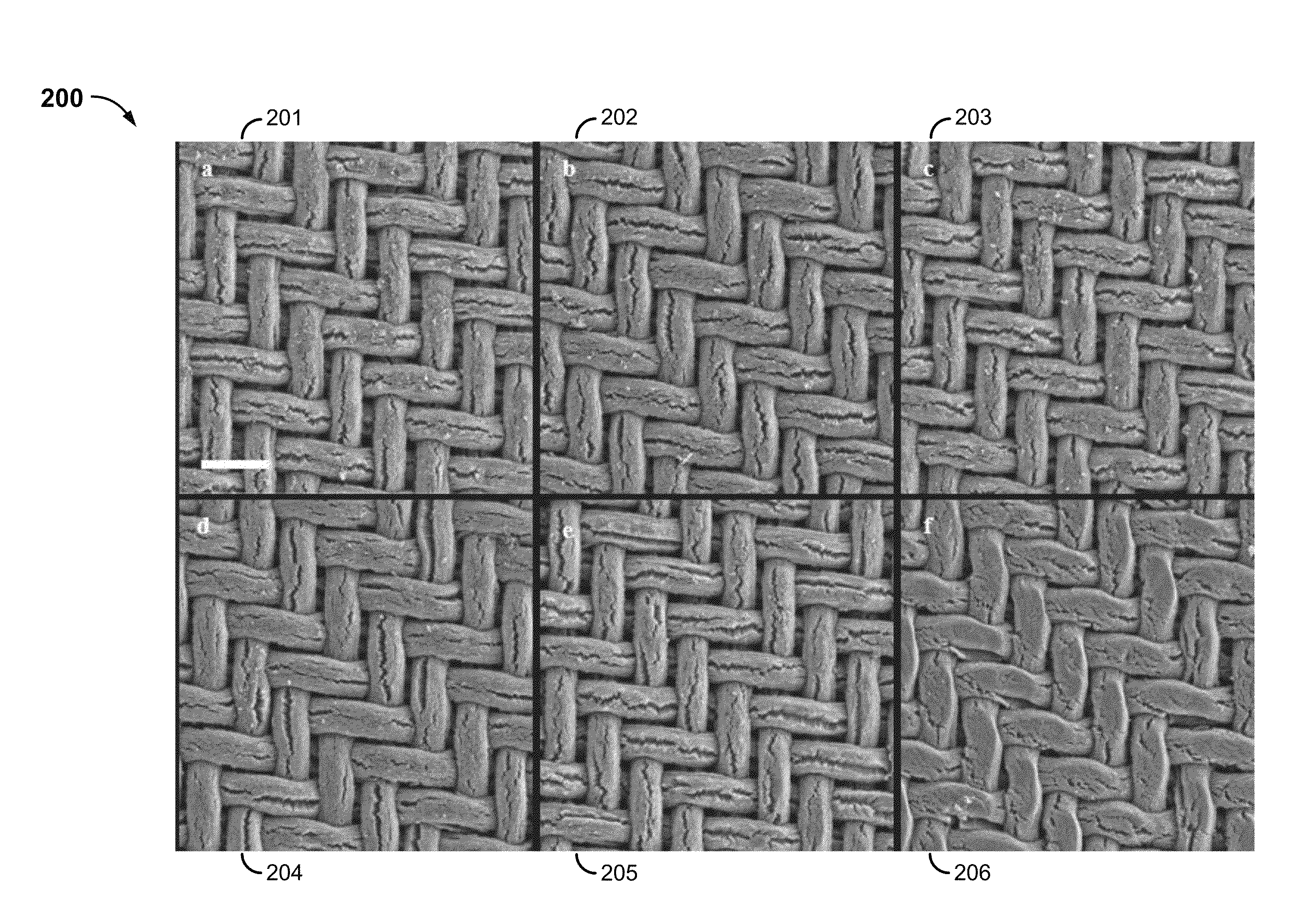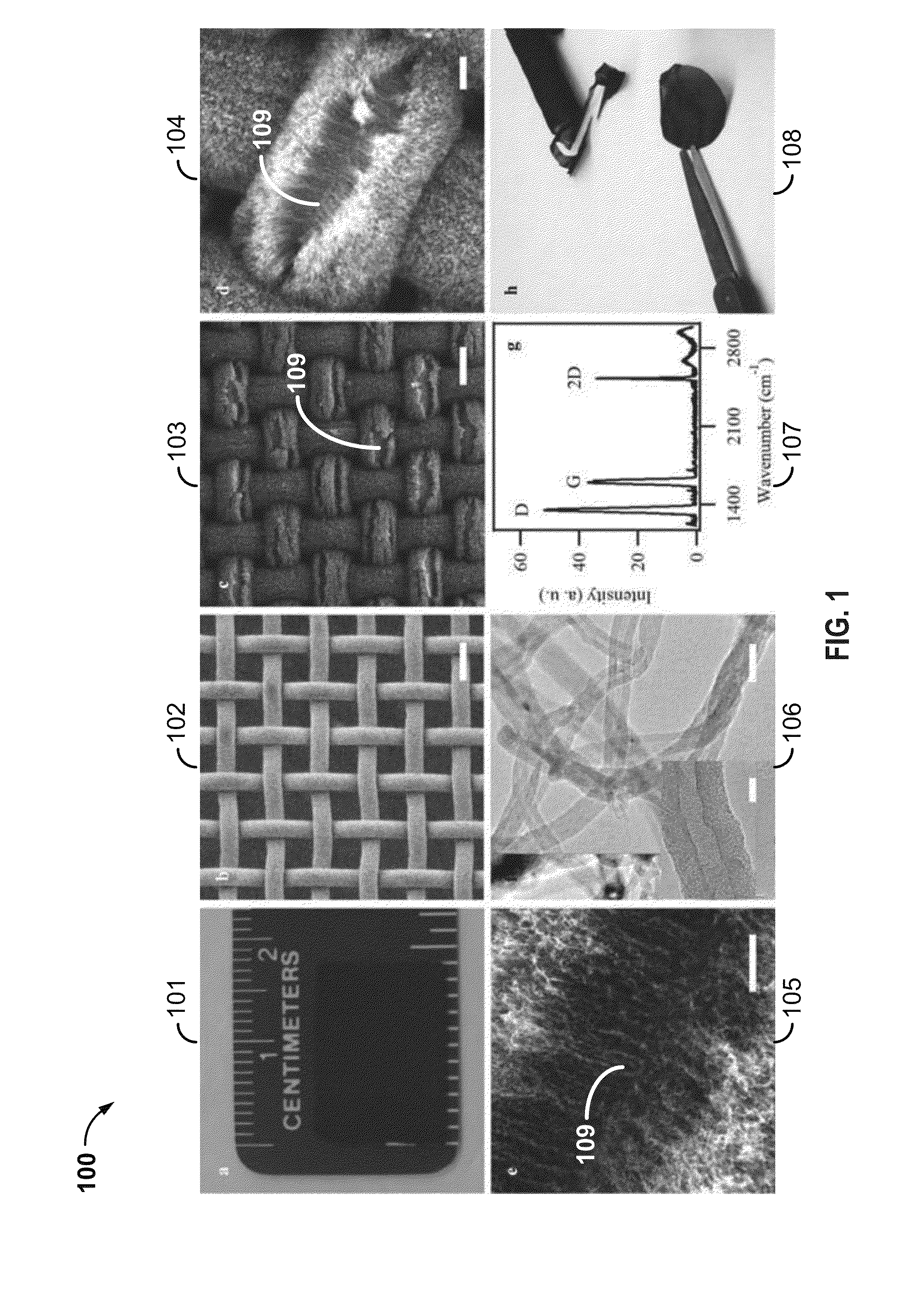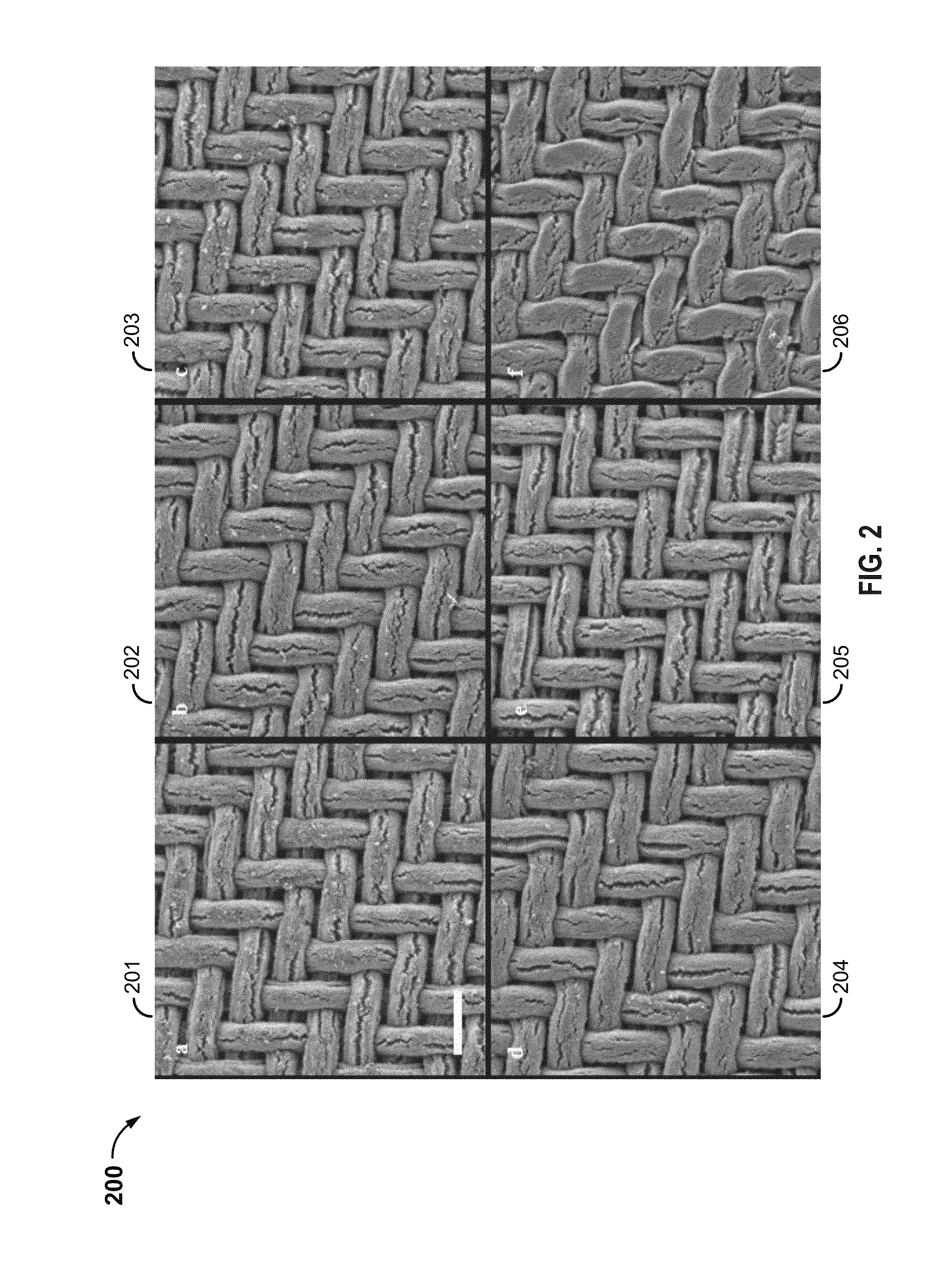Binder-free carbon nanotube electrode for electrochemical removal of chromium
- Summary
- Abstract
- Description
- Claims
- Application Information
AI Technical Summary
Benefits of technology
Problems solved by technology
Method used
Image
Examples
Embodiment Construction
” one will understand how the features of this invention provide advantages.
[0010]One innovation includes a composition for removing heavy metals from wastewater, comprising a binder-free electrode comprising, an oxide buffer layer, a substrate comprising a material constructed in a pattern, and a layer of catalyst nanoparticles, and an array of vertically aligned carbon nanotubes grown on the electrode.
[0011]Such an innovation may include other aspects. For example, the composition may further comprise a negatively polarized electrode configured to provide electrons for CrVI reduction and CrIII absorption through electrostatic attraction. In another aspect, the oxide buffer layer is an aluminum oxide. In another aspect, the oxide buffer layer is formed by immersion of the substrate in both (a) a polyacrylic acid solution, and (b) a boehmite (γ-AlOOH) nanoplate suspension. In another aspect, the substrate comprises a porous stainless steel mesh, the stainless steel mesh comprising a...
PUM
| Property | Measurement | Unit |
|---|---|---|
| Surface area | aaaaa | aaaaa |
| Surface roughness | aaaaa | aaaaa |
Abstract
Description
Claims
Application Information
 Login to View More
Login to View More - R&D
- Intellectual Property
- Life Sciences
- Materials
- Tech Scout
- Unparalleled Data Quality
- Higher Quality Content
- 60% Fewer Hallucinations
Browse by: Latest US Patents, China's latest patents, Technical Efficacy Thesaurus, Application Domain, Technology Topic, Popular Technical Reports.
© 2025 PatSnap. All rights reserved.Legal|Privacy policy|Modern Slavery Act Transparency Statement|Sitemap|About US| Contact US: help@patsnap.com



